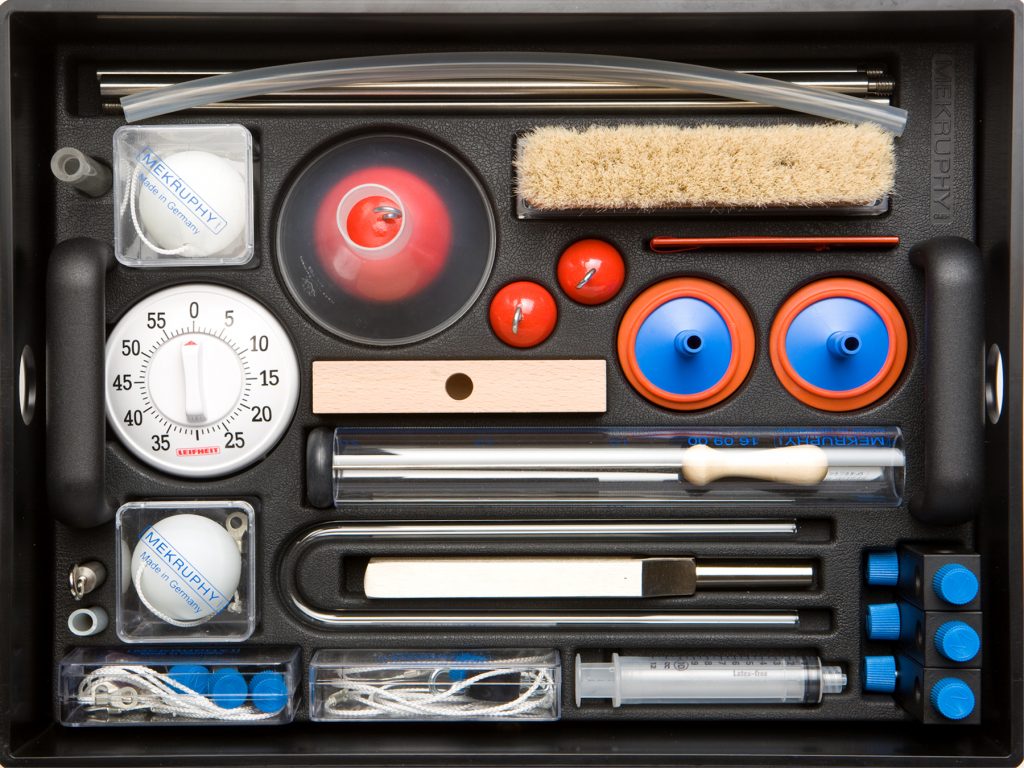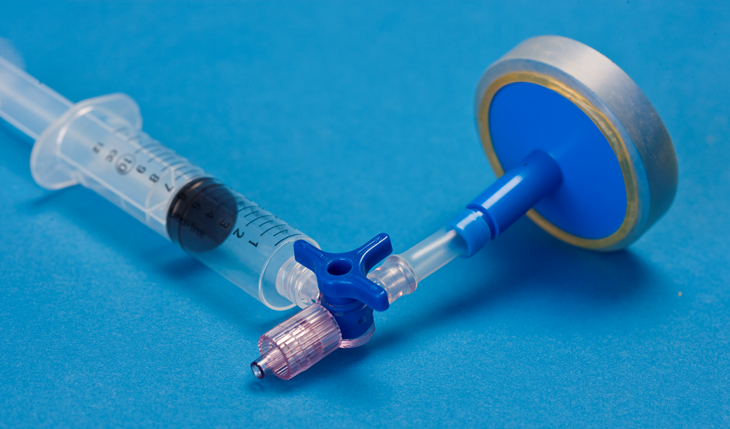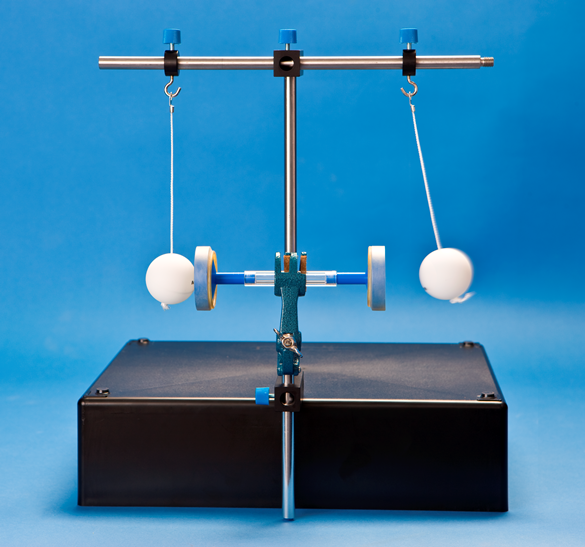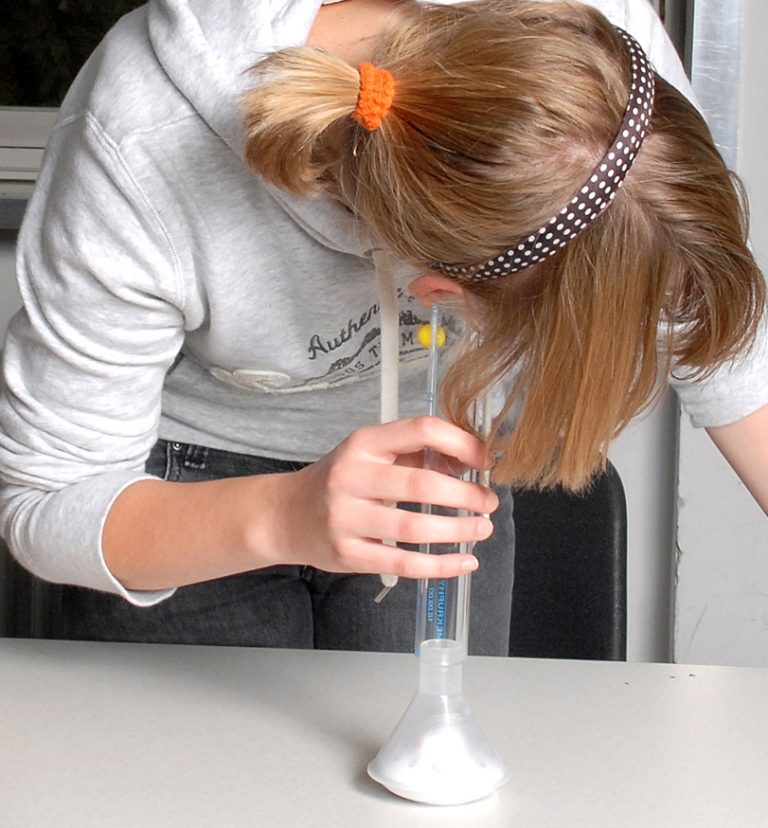Experiment set BIOLOGY 4: EAR

From sound wave to auditory impression
The EAR kit allows pupils to explore the basics of human hearing with a series of simple and understandable experiments. It starts by examining in detail the construction and function of the outer ear, the bones of the middle ear and the inner ear as well as associated disorders. In further fascinating experiments, the pupils experience the complete disorientation associated with hearing with only one ear, discover the effect of swallowing when the pressure acting on the ear drum becomes too high or low, investigate the way sound is transmitted by the bones in the ear and how a stethoscope works. There is also an impressive demonstration of the physiology of the vestibular system.
01.01.10 Storage case
35.02.00 Inlay with cut-outs for apparatus, B4
16.03.10 Tuning fork, 440 Hz
16.03.40 Beater
35.04.00 Tuning fork holder
16.05.20 Glockenspiel chime, E
02.06.00 3 Bosshead clamps, M2
02.07.10 3 Cords, 50 cm, with eyelets
16.07.00 2 Table tennis balls on cord in box
16.08.00 Perspex tube with scale, A1
35.09.00 3 Hook rings
35.10.00 Connecting tube
33.11.40 Syringe, 10 ml, with Luer lock connector
01.12.00 Rod with hook, 5 cm
03.13.00 2 Wooden pendulum bob
16.14.00 Plastic funnel, A1
16.15.10 2 Cords with eyelet
16.15.20 Double ring hook
16.15.30 Oblong box
16.16.00 Short duration timer
35.17.00 2 Diaphragm capsules, OH
01.18.00 2 Stand rods, 29 cm
35.19.00 Two-piece brush
35.20.00 Silicone tube, 7 mm diam. x 290 mm
35.21.00 Silicone tube, 7 mm diam. x 50 mm
35.22.00 Three-way valve
35.22.10 Silicone tube, 5 mm diam. x 50 mm
35.23.00 Pendulum ball, large
51.25.00 Manometer tube
B4 – 1: Creation of sound
B4 – 2: The outer ear
B4 – 3: The stethoscope
B4 – 4: The auditory canal
B4 – 5: The auditory ossicles
B4 – 6: The ear trumpet
B4 – 7: The oval and round windows
B4 – 8: Why do we need two ears?
B4 – 9: Hearing without ears
B4 – 10: The organ of balance
B4 – 11: The semicircular canals


